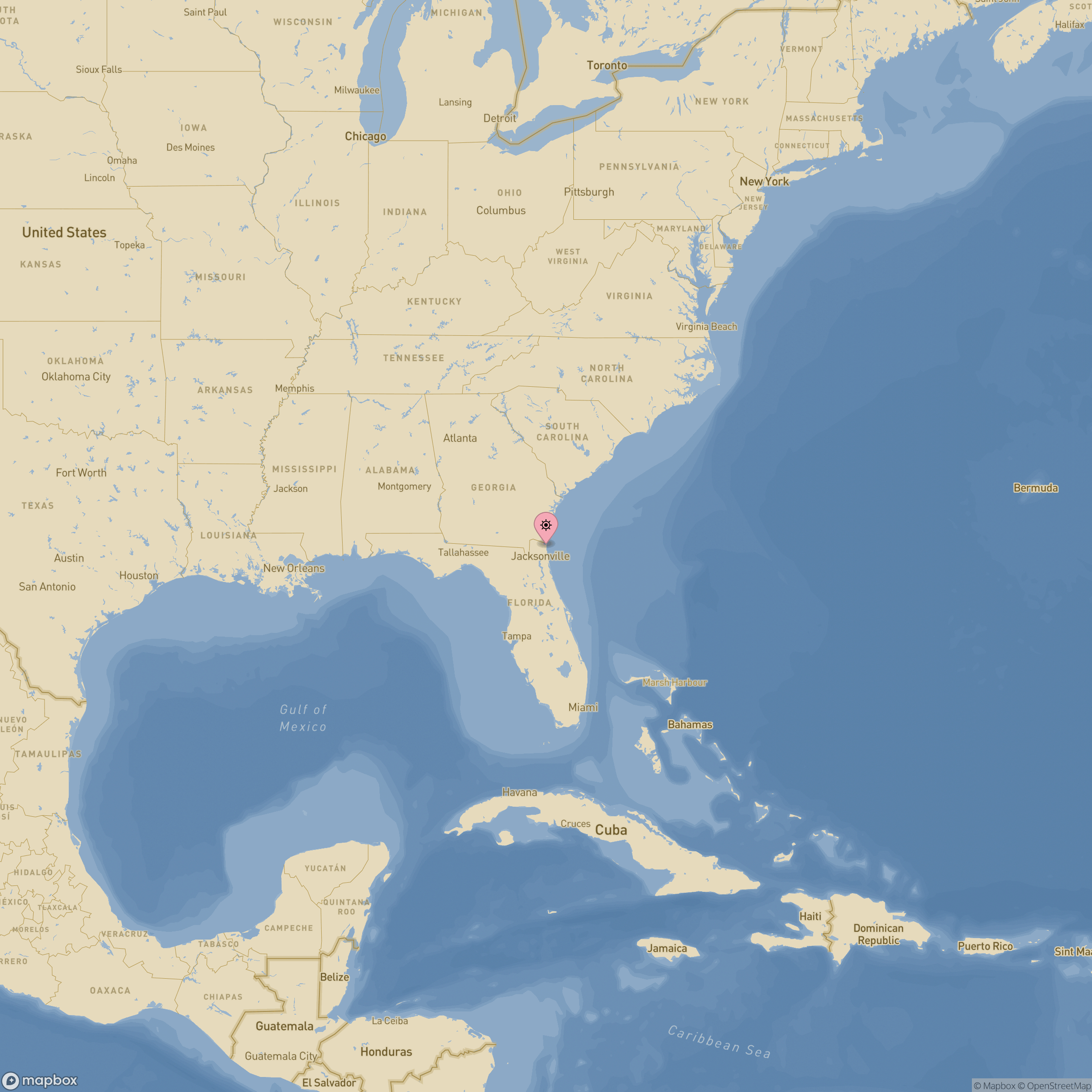San Miguel

Date
1715Period
18th centuryShip type
CarrackCause
A hurricaneLocated
✓Command
Antonio EcheversShipwreck zone
Sur Amelia Island, FloridaPort of departure
Havana (CUB)Destination
SpainIn the summer of 1715, Ubilla’s convoy met up with Antonio de Echeverz’s squadron in Havana to make their return voyage to Spain together. The combined fleet, consisting of 11 ships, left Havana on July 24 and never reached its destination.
On July 31, they were caught in a hurricane. The shipwrecks occurred within the area between Cape Canaveral and south of Ft. Pierce. Some survivors tried to reach St. Agustine in launches and others tried to reach Havana. Most of the 1,400 survivors were rescued on September 10.
Salvage expeditions began immediately afterwards. The person in charge was Juan del Hoyo Solórzano. In March 1716 he sailed through the Florida Straits with several chalupas to follow the route of the fleet. The survivors took him to the wreck sites and he set up camp south of the Sebastian estuary, opposite one of the sunken galleons.
The recovery of the treasure was slow and painful. The strength of the hurricane had not only wrecked the ships but also torn them apart, all the cargo was scattered across the seabed. During the rescue operations, the Spaniards suffered numerous attacks by pirates.
Although Hoyo Solórzano recovered most of the treasure that was readily accessible in the months following the disaster, work continued throughout 1717. The following year, Manuel Miralles, a diving contractor who had struck a deal with the Spanish government, caught eight vessels “fishing” at the wreck site. Miralles was able to recover almost 200,000 pesos. In the first salvage effort, 80% of the cargo was recovered. The second attempt lasted until 1719.
Once the remains were located, cannons and coins were extracted from this 180-ton carrack armed with 22 cannons.